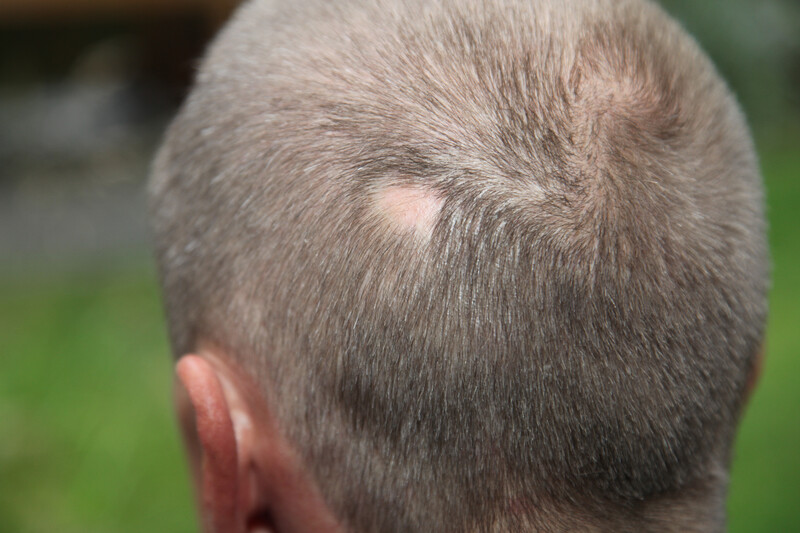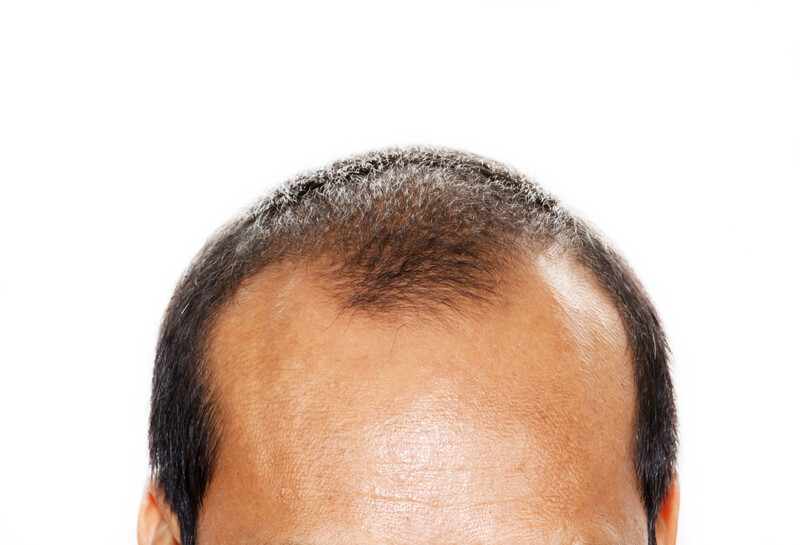Hair loss, also known as alopecia, is a common condition that can affect men, women, and children of all ages. While it is normal to lose some hair every day, excessive hair loss can be a cause for concern. There are several types of hair loss, each with its own unique set of causes and treatment options. In this article I will go through the different type of hair loss conditions and let you know what the options are for battling them. For many of these hair conditions Minoxidil has proven itself as a very effective treatment
Androgenetic alopecia
This is the most common type of hair loss, affecting both men and women. It is caused by a combination of genetics and hormones, and is characterized by a gradual thinning of the hair on the scalp. Men with androgenetic alopecia typically experience hair loss at the temples and crown, while women may experience thinning all over the scalp. Treatment options include medications such as minoxidil and finasteride, and hair transplant surgery. From all the different types of hair loss Minoxidil is the best for battling Androgenetic alopecia.
Telogen effluvium
This type of hair loss is characterized by a sudden and widespread shedding of hair. It is often triggered by physical or emotional stress, such as surgery, childbirth, or a major illness. Telogen effluvium can also be caused by certain medications or changes in hormone levels. The condition is typically temporary, and hair will typically regrow on its own within six to nine months. Minoxidil is not typically used to treat telogen effluvium, since the condition is temporary.
If you are experiencing telogen effluvium, it is important to speak with a dermatologist or healthcare professional to determine the underlying cause and appropriate treatment options. Treatment may include managing the underlying cause of the hair loss, such as addressing a hormonal imbalance or reducing stress, and may also include the use of topical or oral medications.
Alopecia areata
Alopecia areata is a type of hair loss that is caused by an autoimmune disorder. It is characterized by patches of baldness that may come and go. The exact cause of alopecia areata is unknown, but it is believed to be related to genetics and environmental factors. Treatment options for alopecia areata include medications such as corticosteroids and immunosuppressants, and hair transplant surgery.
Minoxidil may be used as a treatment option for alopecia areata in some cases, particularly for mild to moderate cases of the condition. It is generally well tolerated and is considered safe for most people. However, it can cause side effects in some people, such as dryness, irritation, and redness of the scalp.

Scarring alopecia
Scarring alopecia is a type of hair loss that is characterized by scarring on the scalp. The scarring prevents hair from growing back. It can be caused by a variety of conditions, such as lupus, scleroderma, and lichen planopilaris. Treatment options for scarring alopecia depend on the underlying cause of the scarring, and may include medications and surgery.
Minoxidil may be used as a treatment option for some cases of scarring alopecia, particularly if the scarring is mild and the hair loss is not extensive. However, it is generally more effective for androgenetic alopecia, and may not be as effective for scarring alopecia.
Traction alopecia
Traction alopecia is a type of hair loss that is caused by damage to the hair follicles due to tight hairstyles, such as braids or ponytails. It is most common in women who wear their hair in these styles on a regular basis. Treatment options for traction alopecia include avoiding tight hairstyles and using gentle hair care products.
Minoxidil may be used as a treatment option for some cases of traction alopecia, particularly if the hair loss is mild and the hair follicles are not extensively damaged.










